- With standard equipment
- With safety pack
Find more information in the General Comments section of the assessment
Find more information in the Rating Validity tab of the assessment
- See More
- See More
- See More
- See More
- Good
- Adequate
- Marginal
- Weak
- Poor
 Passenger
Passenger
 Driver
Driver
 Rear Passenger
Rear Passenger
 Driver
Driver
 Car
Car
 Pole
Pole
 Rear Seat
Rear Seat
 Front Seat
Front Seat
-
Approaching a stationary car: Left Offset
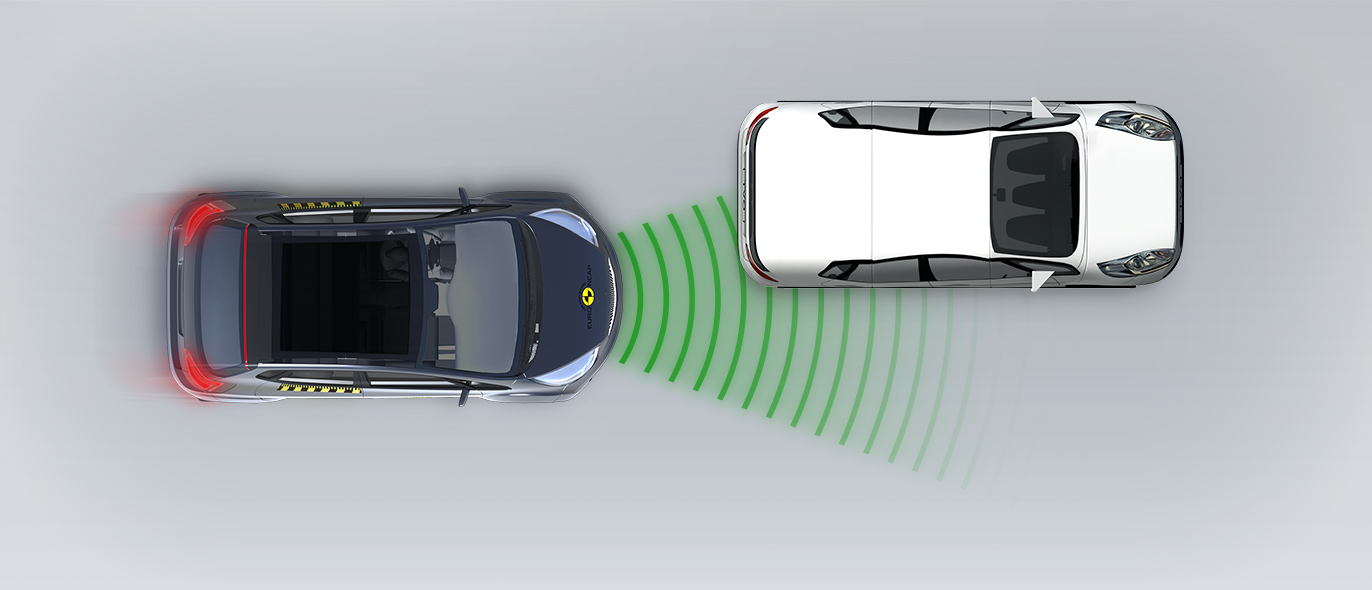
-
Approaching a stationary car: No Offset
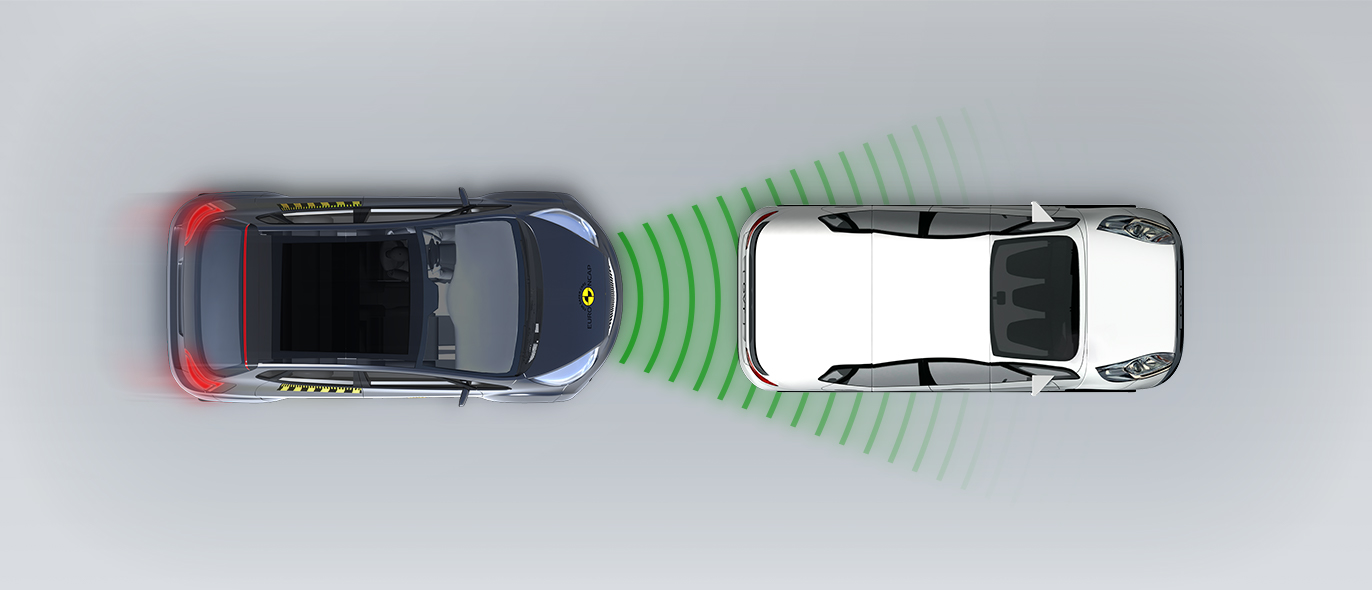
-
Approaching a stationary car: Right Offset
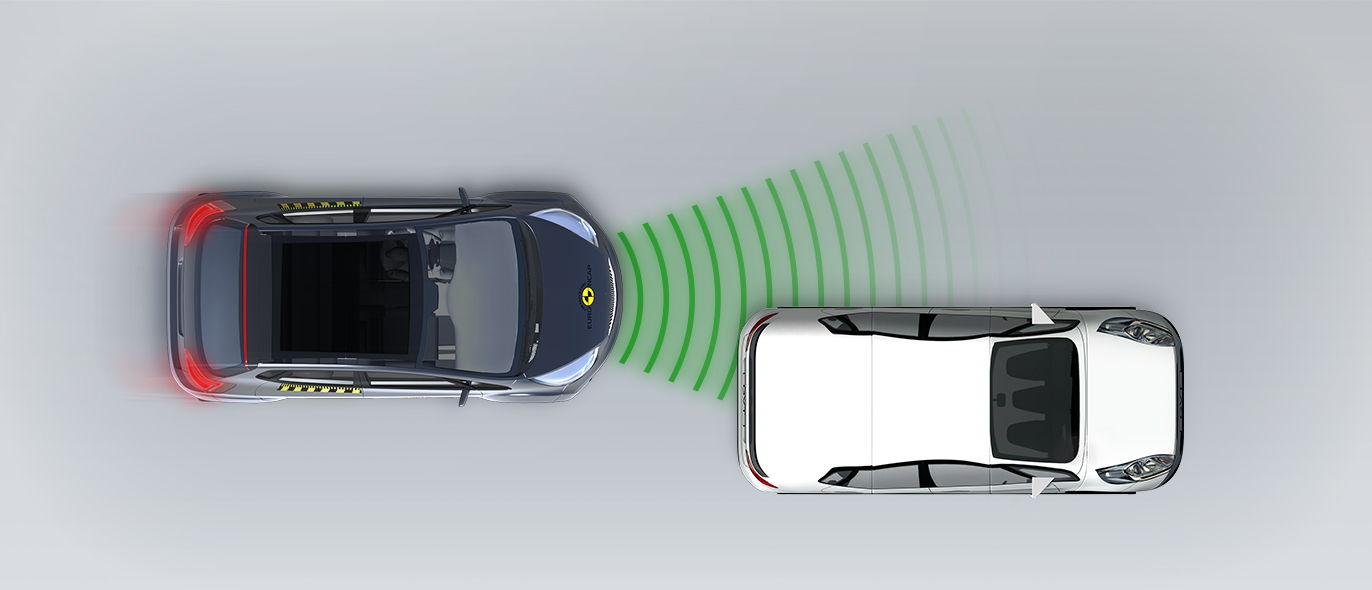
- Good
- Adequate
- Marginal
- Weak
- Poor


Passenger
outboard
center
outboard *
Fitted to the vehicle as standard
Not fitted to the test vehicle but available as option
Not Available
-
i-Size CRS
-
ISOFIX CRS
-
Universal Belted CRS
Easy
Difficult
Safety critical
Not allowed
| Seat Position | ||||||
|---|---|---|---|---|---|---|
| Front | 2nd row | 3rd row | ||||
| Passenger | Left | center | Right | Left | Right | |
| Maxi Cosi 2way Pearl & 2wayFix (rearward) (iSize) | ||||||
| Maxi Cosi 2way Pearl & 2wayFix (forward) (iSize) | ||||||
| BeSafe iZi Kid X2 i-Size (iSize) | ||||||
| Maxi Cosi Cabriofix & FamilyFix (ISOFIX) | ||||||
| BeSafe iZi Kid X4 ISOfix (ISOFIX) | ||||||
| Britax Römer Duo Plus (ISOFIX) | ||||||
| Britax Römer KidFix XP (ISOFIX) | ||||||
| Maxi Cosi Cabriofix (Belt) | ||||||
| Maxi Cosi Cabriofix & EasyBase2 (Belt) | ||||||
| Britax Römer King II LS (Belt) | ||||||
| Britax Römer KidFix XP (Belt) | ||||||
Easy
Difficult
Safety critical
Not allowed
In the frontal offset test, protection of all critical body areas was good or adequate, except the neck of the 10 year dummy, protection of which was rated as marginal, based on dummy readings of neck tension. In the side barrier test, protection was good for all critical body areas. The front passenger airbag can be disabled to allow a rearward-facing child restraint to be used in that seating position. Clear information is provided to the driver regarding the status of the airbag and the system was rewarded. All of the restraint types for which the Santa Fe is designed could be properly installed and accommodated in the car.
- Good
- Adequate
- Marginal
- Weak
- Poor

Head Impact 15.1 Pts
Pelvis Impact 5.0 Pts
Leg Impact 5.3 Pts
| System Name | Forward Collision-Avoidance Assist | ||
| Type | Auto-Brake with Forward Collision Warning | ||
| Operational From | 10 km/h | ||
| PERFORMANCE | | |||
-
Approaching a crossing cyclist
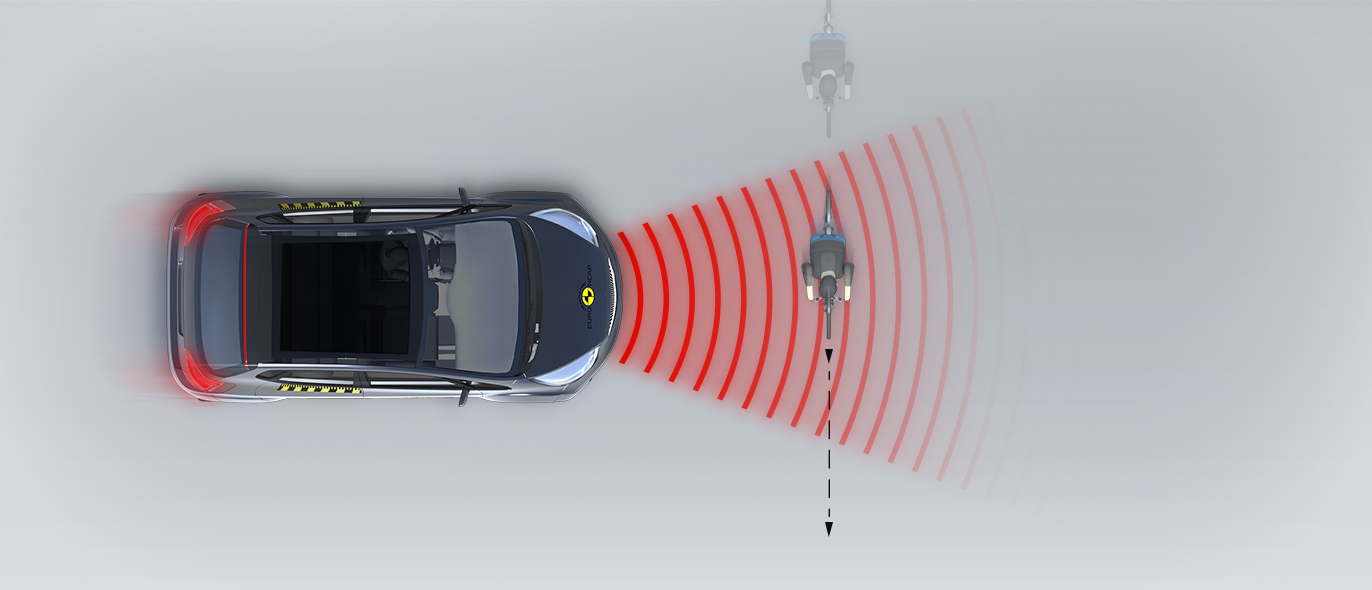
-
Cyclist along the roadside

The protection provided by the bonnet to the head of a struck pedestrian was predominantly good or adequate, with some areas poor protection at the windscreen base and on the stiff windscreen pillars. Protection of pedestrians' legs was good or adequate while protection of the pelvis was good or marginal. The AEB system performed adequately in tests of its response to pedestrians but was marginal in scenarios with cyclist targets.
- Good
- Adequate
- Marginal
- Weak
- Poor
| System Name | Manual Speed Limit Assist (MSLA) |
| Speed Limit Information Function | N/A |
| Speed Control Function | Manually set (accurate to 5km/h) |
| Applies To | Not available | ||
| Warning | Driver Seat | Front Passenger(s) | Rear Passenger(s) |
| Visual | |||
| Audible | |||
| Occupant Detection | |||
|
|||
| System Name | Lane Keeping Assist (LKA) |
| Type | LKA and ELK |
| Operational From | 60 km/h |
| Performance | |
| Emergency Lane Keeping | |
| Lane Keep Assist | |
| Human Machine Interface | |
| System Name | Forward Collision-avoidance Assist (FCA) | |||
| Type | Autonomous Emergency Braking and Forward Collision Warning | |||
| Operational From | 10 km/h | |||
The AEB system performed well in tests of its functionality at highway speeds, with collisions avoided or mitigated in all test scenarios. The lane assistance system helps to stop the vehicle from drifting out of lane and can also intervene in some more critical emergency situations. The driver-set limiter helps the driver to maintain control of the vehicle speed, while a seatbelt reminder system is standard for all seats, including those in the optional third row.
- Specifications
- Safety Equipment
- Videos
- Rating Validity
Specifications
Tested Model Hyundai Santa Fe 2.2CRDi, LHD
Body Type - 5 door SUV
Year Of Publication 2018
Kerb Weight 1950kg
VIN From Which Rating Applies - all Santa Fe
Class Large SUV
Safety Equipment
Note: Other equipment may be available on the vehicle but was not considered in the test year.
Fitted to the vehicle as standard
Fitted to the vehicle as part of the safety pack
Not fitted to the test vehicle but available as option or as part of the safety pack
Not available
Not applicable
Videos
Rating Validity
Variants of Model Range
| Body Type | Engine & Transmission | Drivetrain | Rating Applies | |
|---|---|---|---|---|
| LHD | RHD | |||
| 5 door SUV | 2.4 GDI, AT | 4 x 4 |
 |
 |
| 5 door SUV | 2.0 CRDi, MT/AT | 4 x 2 |  |
 |
| 5 door SUV | 2.0 CRDi, MT/AT | 4 x 4 |  |
 |
| 5 door SUV | 2.2 CRDi, MT/AT | 4 x 2 |  |
 |
| 5 door SUV | 2.2 CRDi, MT/AT* | 4 x 4 |  |
 |
* Tested variant


Find more information in the General Comments section of the assessment
 Share
Share
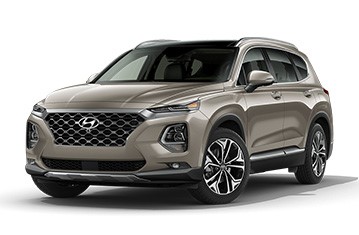

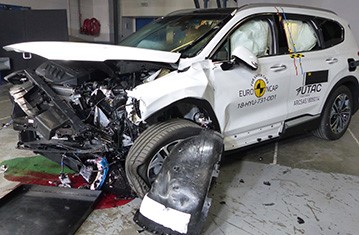








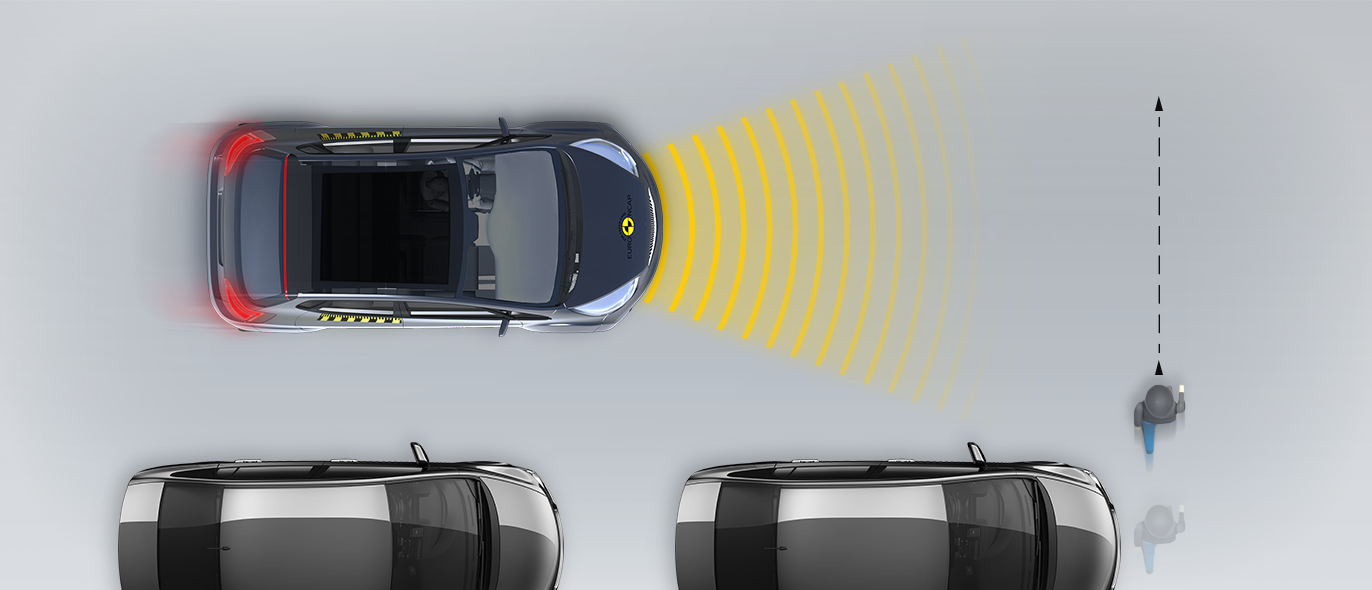
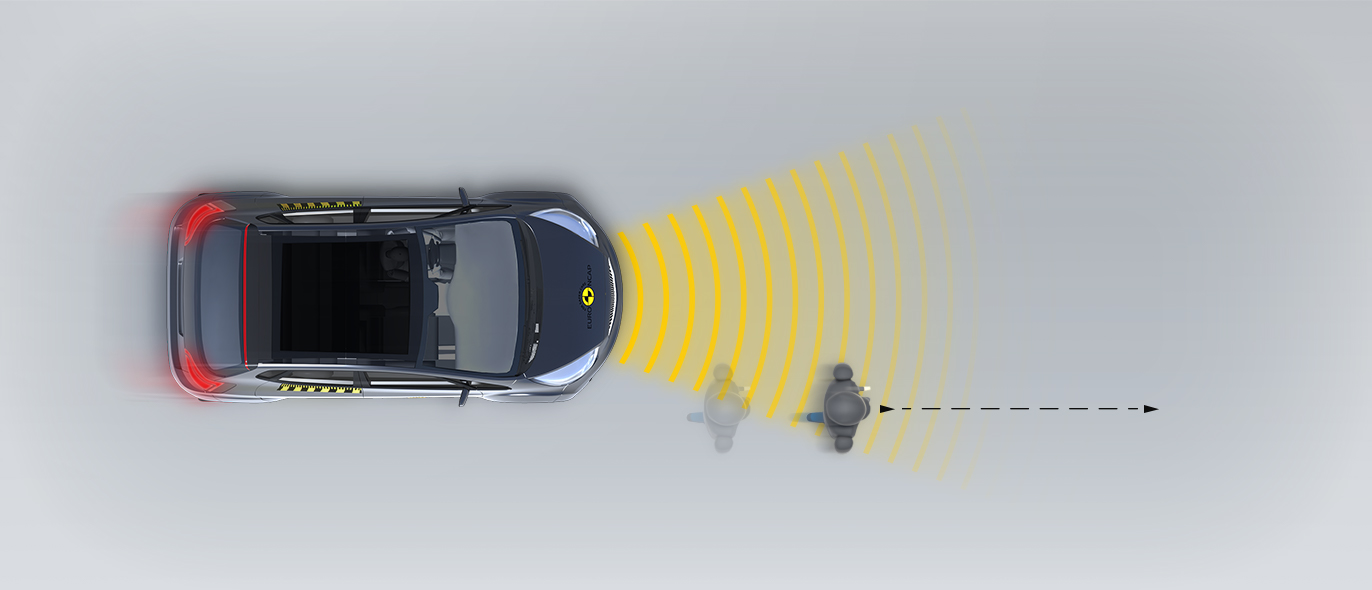
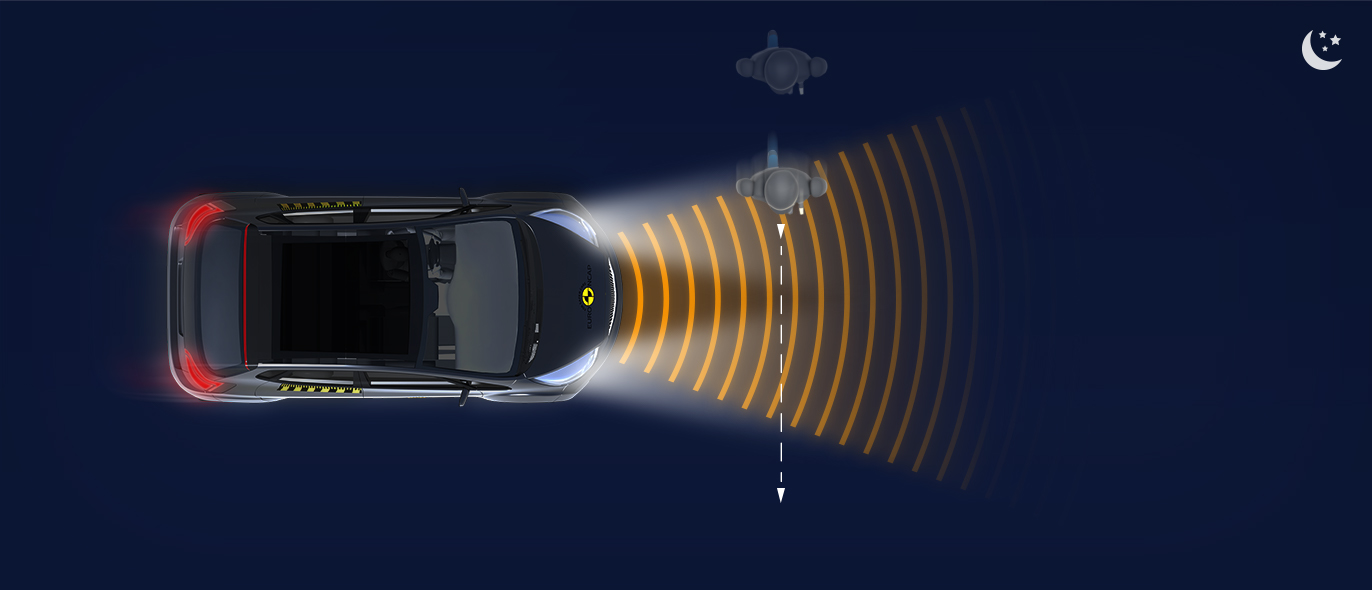









The passenger compartment remained stable in the frontal offset test. Dummy readings indicated good protection of the knees and femurs of both the driver and passenger dummies. Hyundai showed that a similar level of protection would be provided to occupants of different sizes and to those sitting in different positions. In the full-width rigid barrier test, protection of all critical body areas was good for the driver and good or adequate for the rear passenger. In the side barrier test, dummy readings indicated good protection of the driver. However, the side curtain airbag got caught on the trim of the C-pillar and did not deploy as intended. Moreover, the airbag was seen to have torn during deployment. Hyundai investigated the tear and have changed the airbag attachment fixings of affected vehicles in production and have issued a recall for all vehicles with a panoramic roof. Owners are encouraged to take their vehicles to dealers when asked to do so. The side barrier test was repeated with changed airbag attachment fixings and no tearing was seen. However, the airbag still did not deploy as intended and protection of the driver's head, in the side barrier and side pole tests, was downgraded to adequate. Tests on the front seats and head restraints demonstrated good protection against whiplash injuries in the event of a rear-end collision. However, a geometric assessment of the rear seats indicated poor whiplash protection. The standard-fit autonomous emergency braking (AEB) system performed well in tests of its functionality at the low speeds, typical of city driving, at which many whiplash injuries are caused.